If you are looking for a unique and scenic destination in South Australia, you should consider visiting Mt. Gambier, the second-largest city in the state.
Located halfway between Adelaide and Melbourne, Mount Gambier makes an ideal stopover for travelers to and from Kangaroo Island, the Great Ocean Road, or the Grampians. It is also a perfect destination for longer stays to enjoy the natural and cultural beauty of the surrounding region, beautiful parks and gardens, caves and sinkholes, the coastline, rivers, lakes, and wineries.
History of Mount Gambier
The traditional custodians - Boandik people are the first nations peoples of the Mount Gambier region. Their Country includes the coastal area from the south of Robe to the area around the mouth of the Glenelg River at Nelson, Victoria. The Bunganditj language is the reclaimed language of the Boandik people. The name Bunganditj comes from Bung-an-ditj or “people of the reeds”, reflecting the nature of the original landscape.
Shell middens, rock shelters, and burial grounds are scattered throughout the area. Until 5,000 years ago, the Bunganditj lived near sandy beaches and tidal estuaries, consuming large amounts of available shellfish, many of which no longer exist, as the beaches have given way to cliff-top dunes. The wood from sheoaks and other trees was used to produce digging sticks, boomerangs, throwing sticks and other tools. Stone axes and cutting implements were made from Port MacDonnell flint.
The Boandik peoples lived in the region for at least 50,000 years, before the invasion of their lands in 1840 by European settlers. Europeans introduced diseases and rapidly altered the environment to suit European farming practices. These events caused a rapid decline of the Boandik population.
Mount Gambier is renowned for its Blue Lake, which sits in a crater and experiences a dramatic color change in November each year. The Valley Lake Crater and the Leg of Mutton Lake Crater are also part of the Crater Lakes Precinct. Situated within the Kanawinka Geotrail, the Blue lake is a must-see during your stay.
An interesting mix of galleries, museums and markets in Mount Gambier will provide you with an insight into the arts and culture of the town. With fresh local food and wines available at many of the cafes and restaurants, everyone’s taste is catered for.
Things to do in Mount Gambier SA
Experience the beauty and wonder of the Blue Lake
Situated in one of three dormant volcanic craters, the Blue Lake (Warwar – Aboriginal name) exposes the crystal-clear water that has filtered underground through the limestone, passing slowly beneath the city.
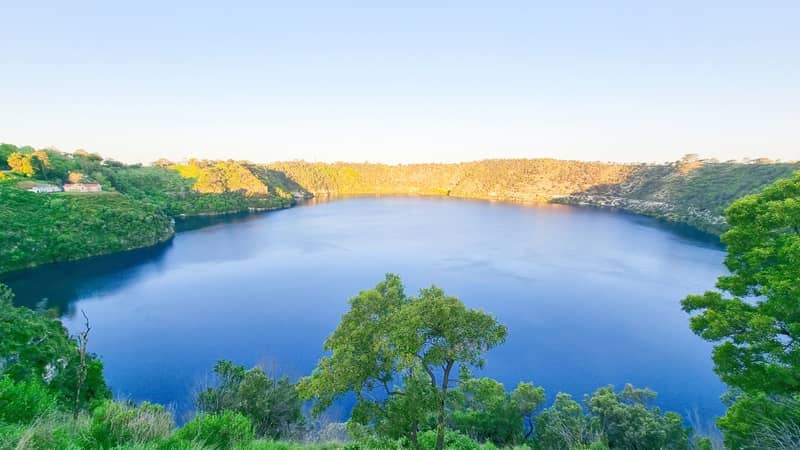 |
| The Blue Lake in Mount Gambier SA |
It is Mount Gambier’s water supply, and an exposure of the regional groundwater system.
Visitors can take a fascinating 45-minute tour down into the crater of the Blue Lake, located on Bay Road. The tour operates from the Reception Centre and takes visitors in a glass-paneled lift down the original dolomite well shaft, which was used to extract water. After walking through a tunnel, visitors can see the Blue Lake up close and learn all about its history. The 3.6km road and walking track around the circumference of the lake provides access to many viewing points. Additionally, there is an underpass between the Blue Lake and the Leg of Mutton Lake.
The Valley Lake
 |
| The Valley Lake |
The Valley Lake/Ketla Malpi is a popular recreational area, located on Davison Drive. It is open all year round and offers excellent playgrounds and recreational facilities, including a wildlife conservation park. The area has well-maintained picnic areas with 16 gas barbeque facilities that are free to use, covered shelters, and large grassed areas to accommodate many families.
While the area is picturesque all year round, it is particularly beautiful in autumn when the trees turn flame-like, providing a spectacular show. Visitors can enjoy a range of activities, including a visit to the free conservation park, nature walks, adventure playgrounds, water sports, and disc golf. Free admission.
Leg of Mutton Lake
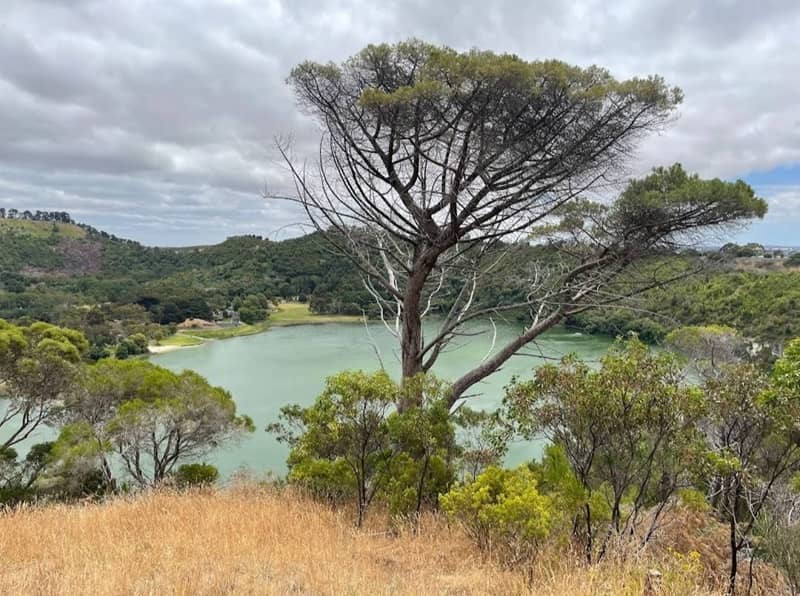 |
| The view overlooking the Leg of Mutton Lake |
This crater is only about 4,600 year old, the youngest crater in the Mount Gambier system. In the late 1800’s this area was the nursery for the then Mount Gambier Forest, it was where the first Pinus Radiata was planted which now dominates forestry in South East of South Australia.
It is a beautiful and welcoming park that can be enjoyed throughout the year. The flora and fauna in the park change with the seasons, making each visit a unique experience. Although it is not a naturally vegetated area, it boasts a variety of exotic plantings that have been added over the years. This makes it the most visually appealing and easily accessible park in the region.
The Centenary Tower
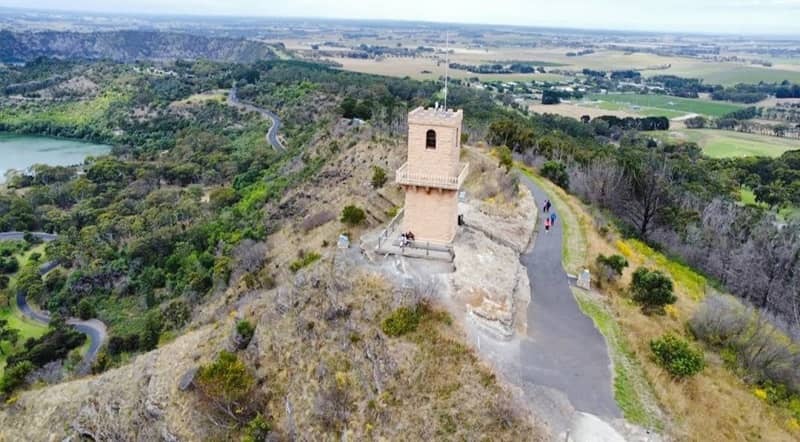 |
| The Centenary Tower |
From the car park, visitors can take a leisurely walk towards the Centenary Tower, which proudly stands at 190 metres above sea level. The tower offers spectacular birds-eye views of the lakes, the city, and the beautiful surrounding countryside. On a clear day, visitors can enjoy breathtaking views of the sand dunes and ocean in the distance.
The foundation stone for the tower was laid on 3rd December 1900 to commemorate the 100 years since Mount Gambier was sighted and named by Lt. James Grant aboard ‘The Lady Nelson’. The tower is located on Elliot Drive, and a small fee provides entry to the tower which includes an extensive display of early photographs of the Crater Lakes area, souvenirs, and other interesting items.
The Little Blue Lake
The Little Blue Lake is a popular venue for visitors and locals to enjoy a naturally cool swim in a beautiful natural water filled cenote. Stairs and a floating pontoon, to improve safety and public access to the water’s edge, have been installed via an artificial cutting in the south side of the cliff.
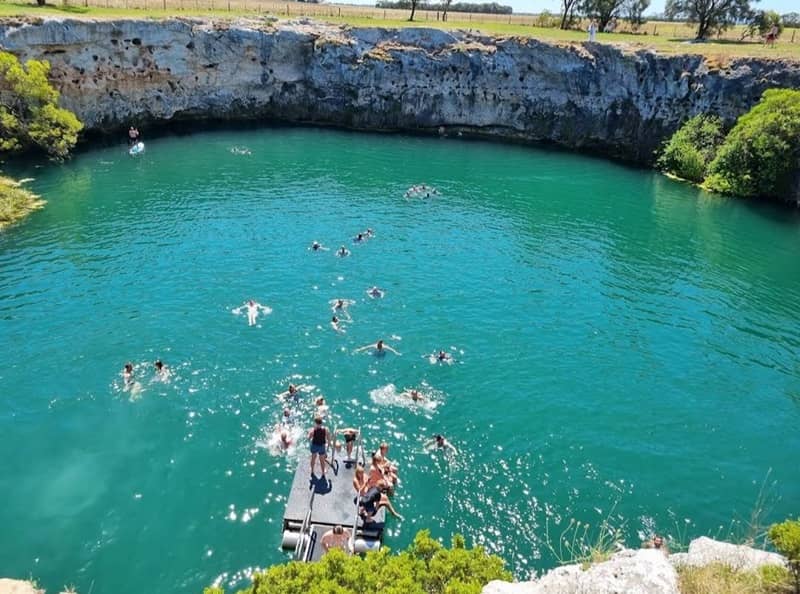 |
| The Little Blue Lake |
The Little Blue Lake is located in the Kanawinka volcanic area between two dormant volcanoes: Mount Schank and Mount Gambier. The lake used to turn blue in color on an annual basis, similar to Mount Gambier’s Blue Lake. However, in recent times, the lake generally remains green in color. The lake has a diameter of about 40 meters, with cliffs reaching a height of about 8 meters above water level. The maximum depth of the lake is about 47 meters, while the shallowest point has a depth of abou 25 metres.
Umpherston Sinkhole
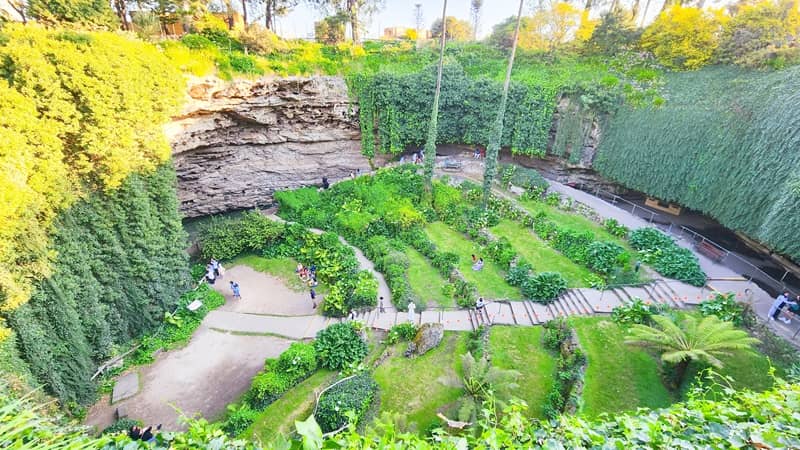 |
| top view of the Umpherston Sinkhole |
The Umpherston Sinkhole/Balumbul was once a cave formed by the dissolution of limestone. The sinkhole was created when the top of the chamber fell to the floor, producing a perfect environment for a "sunken garden". James Umpherston beautified the garden around 1886. The cenote is open at all times, and every evening from dusk, the area comes alive with possums as they venture into the floodlit gardens to feed. The sinkhole is located on Jubilee Highway East, and visitors are encouraged not to feed the possums. A large undercover shelter with group seating and a free barbecue is provided, and entry is free of charge.
However, pets are not allowed in this area to protect the resident possums.
Engelbrecht Cave Tour
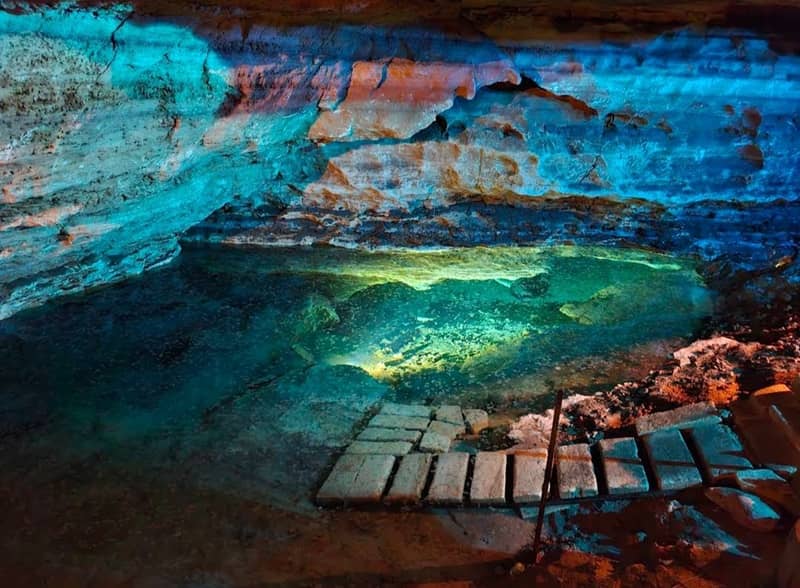 |
| Engelbrecht Cave Tour |
Beneath Mount Gambier’s city streets, experienced divers can explore the secret tunnels of Engelbrecht Cave, carefully weaving their way through an intricate maze of water-filled passages while the world passes by overhead.
The Engelbrecht Cave Tour provides visitors with the opportunity to explore a sinkhole and two separate caverns where an underground lake resides. Learn about the cave’s history and geology. Located at 26 Chute Street, this 45-minute guided tour operates hourly between 10am and 2pm (an extra 3pm tour is available during school holidays). The cave is not suitable for wheelchairs and prams due to the stairs.
Ticket Prices:
* Adult $15.00
* Child (4-17yrs) $9.00
* Child under 4yrs old is free admission.
* Family (2 adults and 2 children) $43.00
* Extra child: $6.00
Reservation of your tour in-advanced is highly recommended.
Book your tours through this website - https://www.engelbrechtcave.com/
Hell’s Sinkhole
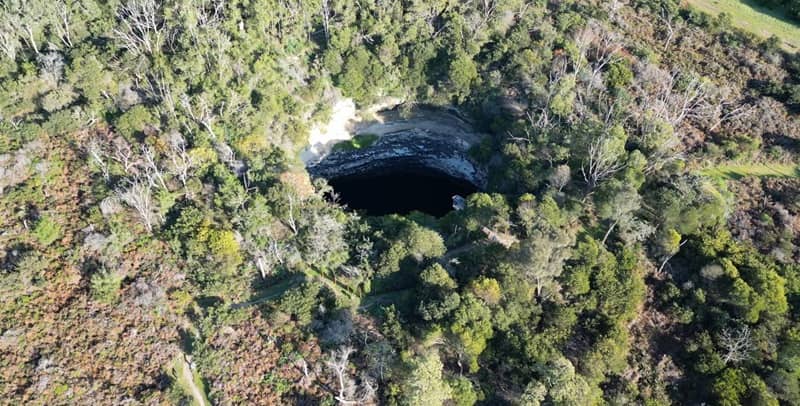 |
| Hell's Sinkhole |
If you venture into the pine forests off Glenelg River Road, you will discover Hell's Sinkhole. From the viewing platform, take a look down into the cenote. At first, it may appear to be deep, black water. However, as you look closer, you will begin to notice the water's clarity. If you're lucky, you might even spot qualified divers emerging from the surface. This enigmatic hole is a popular spot for abseiling cave divers.
Please note that permits must be obtained to dive, and a viewing platform is available for those who prefer to stay high and dry.
Riddoch Arts and Cultural Centre
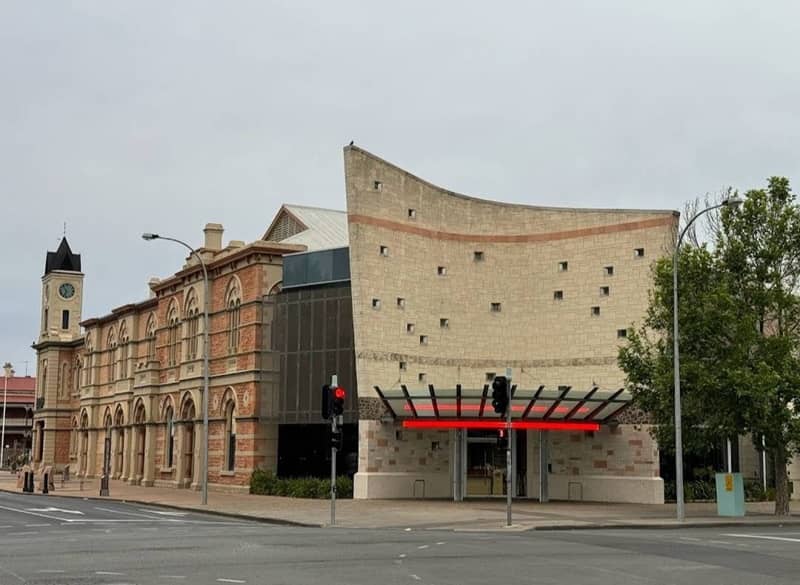 |
| Riddoch Arts and Cultural Centre |
The Riddoch Arts is Mount Gambier’s premier civic space featuring South Australia’s finest regional art gallery with many travelling state and national exhibition on display, as well as works from The Riddoch’s own permanent collection.
The Riddoch Arts & Cultural Centre is also home to daily screenings of the movie ‘Volcano’, the story of Earth, Fire and Water. This big screen cinematic experience wows the senses as it weaves its way through its incredible story of how eight major eruptions created Mount Gambier. This exciting adventure takes you through the spectacular history of eruptions that shaped the Kanawinka region.
The Riddoch shop proudly showcases artworks from local artists of the Limestone Coast region, along with a range of giftware, souvenirs and art supplies.
Ghost Mushroom Tour
 |
| Ghost Mushroom Tour |
During May and June, these green-glowing mushrooms sprout known as the ghost mushrooms (omphalotus nidiformis) are inviting visitors to a nocturnal viewing of this unique fungus during its eight-week life span. Recommended to wear warm clothes, a torch, and comfortable shoes for a good kilometer walk along the working forest with undulating terrain. A car park is also available.
Don’t forget to bring a good camera to capture it’s amazing nightly glowing beauty.
Location: Ghost Mushroom Lane | Google Map
Cave Garden
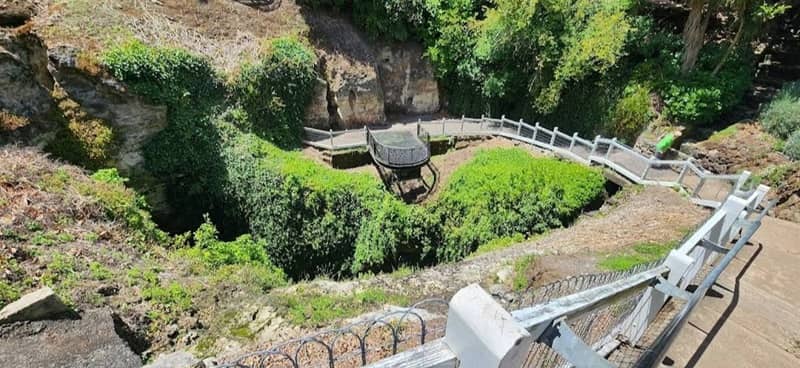 |
| Cave Garden |
Located in the heart of Mount Gambier, boasts a historical garden that flows illustriously into a sink hole. The Cave Garden comes to life with a waterfall cascading into the sinkhole following rainfall. The garden has a viewing platform for visitors to marvel at its natural beauty. Admission is free.
Bringing pets is not recommended to protect the local possums’ residents.



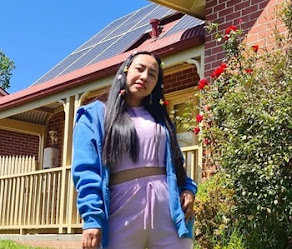
















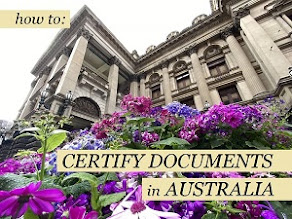
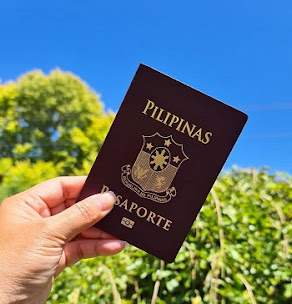





Post a Comment